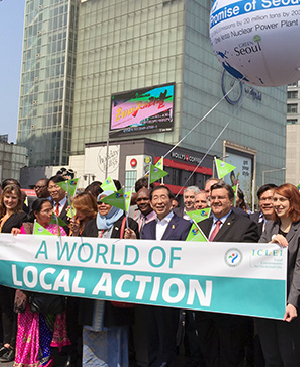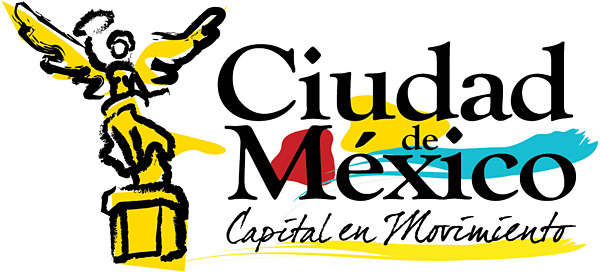- Home
- Reporting entities
- Municipality of Tlacotepec de Benito Juarez
Municipality of Tlacotepec de Benito Juarez
Mexico-
Population 48268

-
Area 399.0km 2
-
GDP N/AN/A
-
Targets by N/A N/Aemission
Targets by Municipality of Tlacotepec de Benito Juarez
There are no targets yet
- Start year: 2012
- Type: Technical/Infrastructure investment
- Status: Completed
357 ecological stoves have been acquired, designed to reduce
CO2 emissions arising from conventional fires that simultaneously
aggravate forest and grassland deforestation. This sustainable
development focus seeks to improve quality-of-life for
the very neediest, such as those in indigenous communities. Not
only does it contribute to reducing deforestation and improving
air quality; it also creates time-savings for individuals who have
more time to do more for their families.
- Other Emissions

- Start year: 2012
- Type: Policy/Strategies/Action Plans
- Status: Completed
2.607 km of feeder lines from the El Duraznillo spring to
the indigenous village of Santa María la Alta were rehabilitated.
The community’s drinking water line is gravity
activated and serves some 7000 residents. The system
saves approximately USD $2300 monthly in electricity
and above all, mitigates annual CO2 emissions, making it
a socially, economically and environmentally sustainable
system. These actions constitute best practices that benefit
communities in the short-, medium- and long-term.
- Facilities

- Start year: 2012
- Type: Technical/Infrastructure investment
- Status: In operation
A cultural/recreational center has been constructed with
greenspaces and pubic restrooms at the indigenous village
of Ngigua de San Marcos Tlacoyalco. This infrastructure
contributes to more rational water use because it features
a rainwater catchment system, an approximately 600m2
rainwater capture roof and a 15,000-liter storage cistern
for greenspace maintenance. The construction of healthier,
more sustainable urban centers designed to promote coexistence
between humans and the natural environment, is
also enhanced

- Start year: 2012
- Type: Policy/Strategies/Action Plans
- Status: Completed
A community park has been constructed featuring green
areas, public restrooms a gazebo and plaza at the indigenous
town of San Marcos Tlacoyalco. The infrastructure seeks to
be a complete space that enhances community quality-oflife
and pays symbolic tribute to nature. The goal is to offer
fully improved spaces that dignify community life in relation
to nature. Green areas become a driver for global warming
mitigation and simultaneously fortify the physical and mental
health of community members

- Start year: 2012
- Type: Policy/Strategies/Action Plans
- Status: Completed
A wastewater treatment plant was constructed in the indigenous
community of Ngigua de San José Buenavista
designed to mitigate ground and underground aquifer contamination
as it builds a new focus on water reuse and savings
given that treated wastewater can be used for agricultural
irrigation. This not only protects the environment but
also incentivizes the local economy to create irrigation areas
in low rainfall zones. Average per-plant volume is 3.28 lt/s

- Start year: 2012
- Type: Policy/Strategies/Action Plans
- Status: Completed
Joint efforts have been made for the construction of 100
sustainable housing units in the indigenous communities of
Ngigua de San Juan Sacabasco, San Martín Esperilla, San
Francisco Esperilla, Piedra Incada de la Soledad and Palo
Verde. The housing is made of adobe, uses rainwater as well
as ecological, flushless toilets, which results in virtual-zero
water consumption. This housing focus is socially, economically
and environmentally sustainable, leading to carbon dioxide
emissions mitigation and enhanced long-term qualityof-
life.



